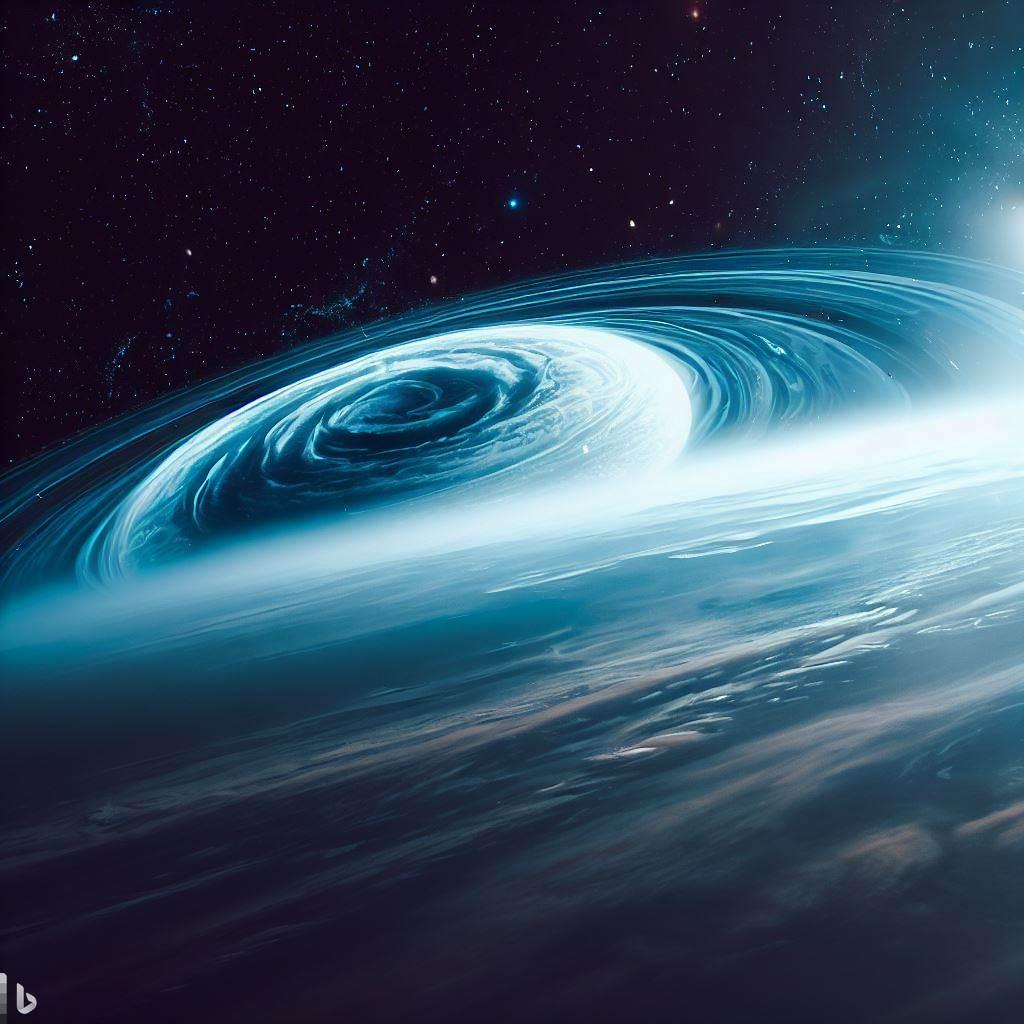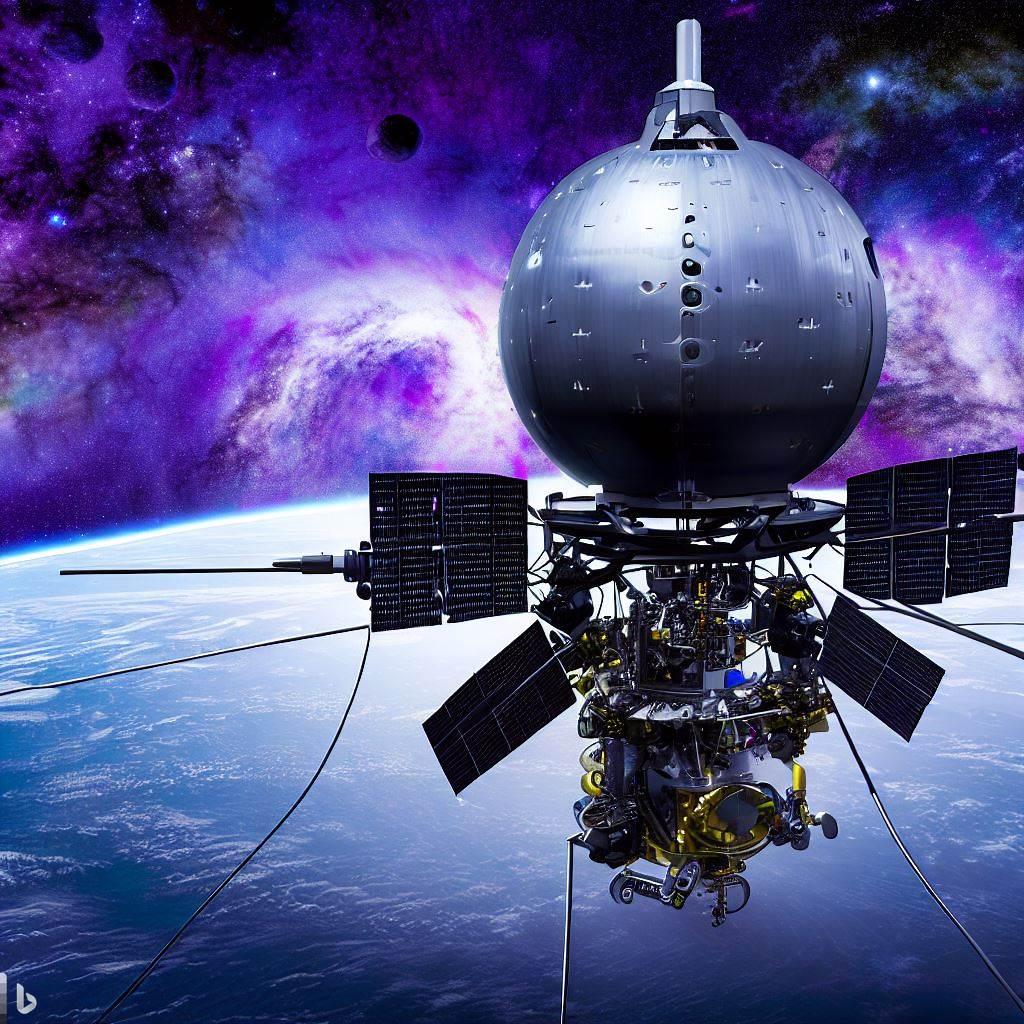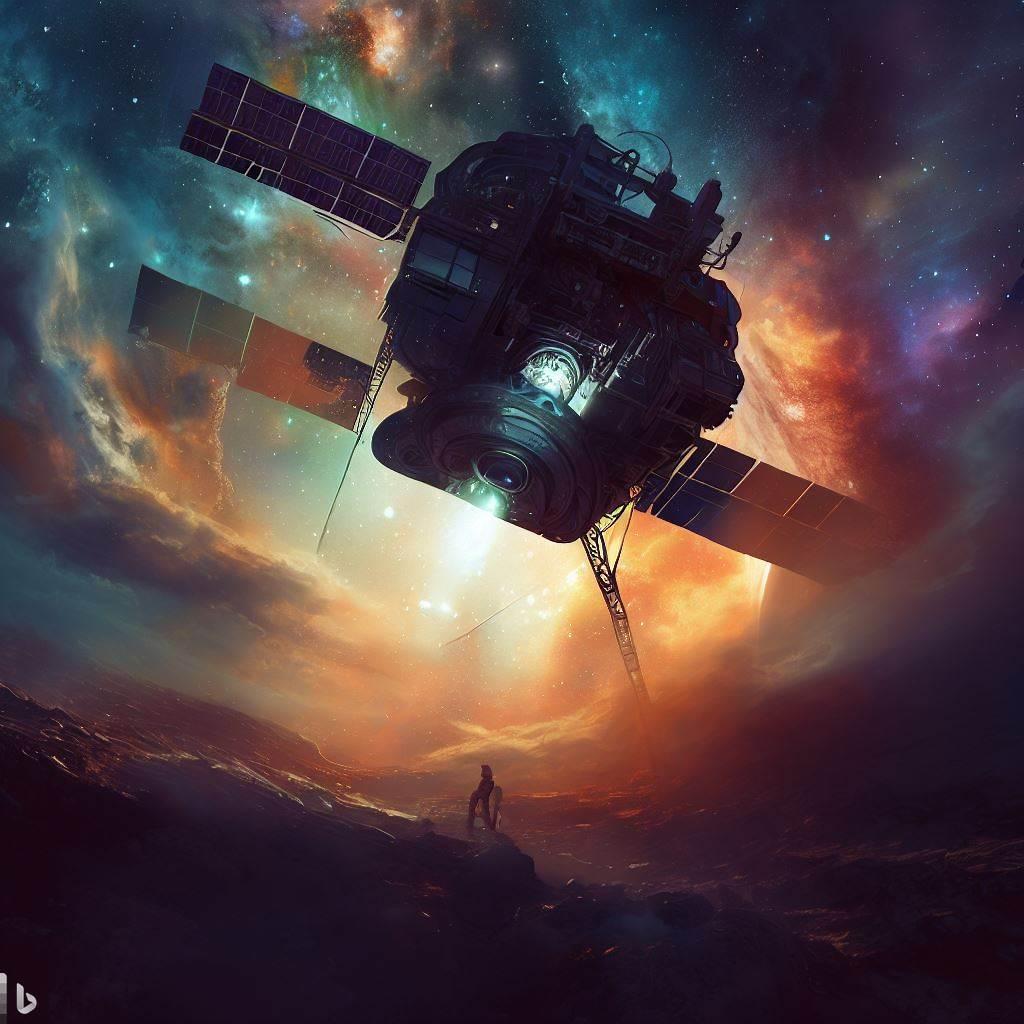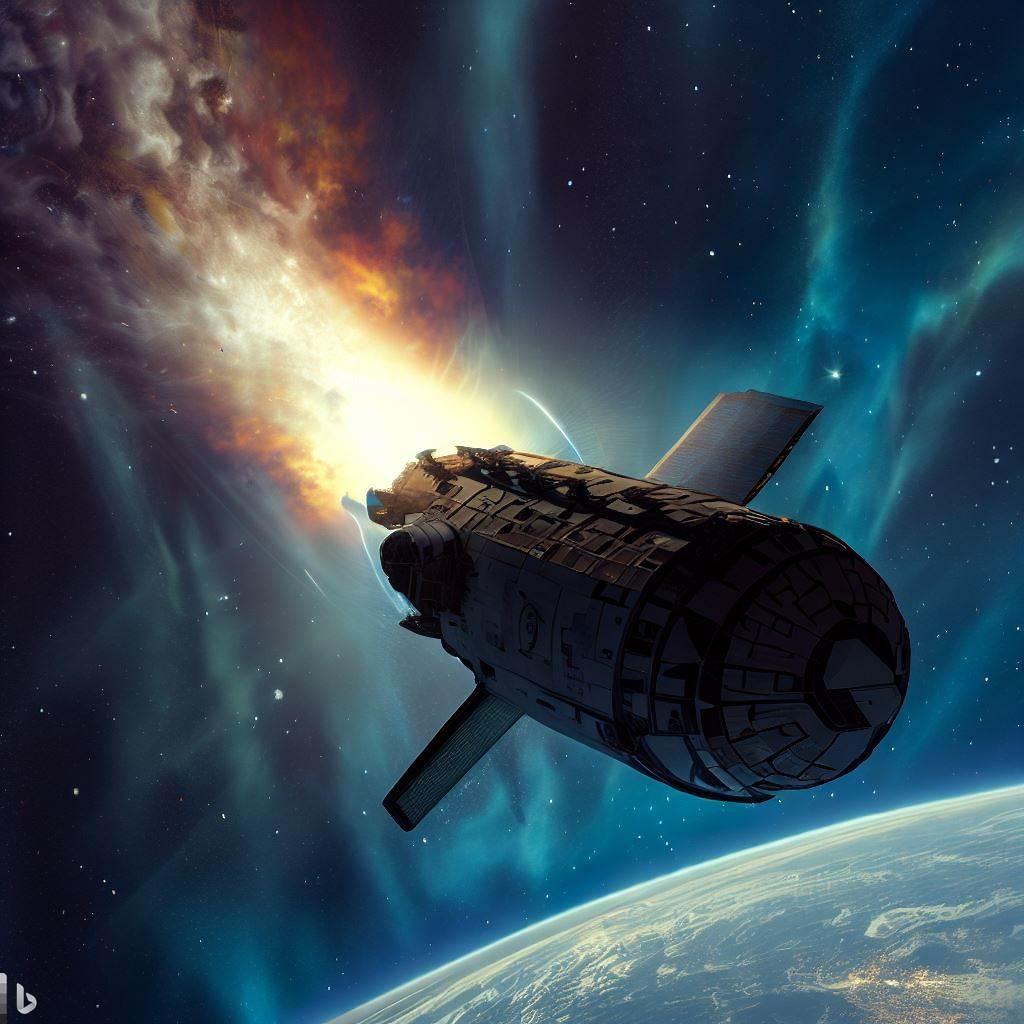Russia has launched its first lunar lander in 47 years, marking a historic milestone for the country’s space program. The Luna 25 mission, which took off on August 10, 2023, aims to explore the moon’s south polar region, a scientifically intriguing and potentially resource-rich area that has never been visited by a human or robotic mission before.
Luna 25 is the first of a series of planned lunar missions by Russia, which hopes to reestablish itself as a leader in space exploration after decades of setbacks and challenges. The mission will test the technology and capabilities for future soft landings on the moon, as well as conduct scientific research on the lunar surface and subsurface.
The lander, which weighs about 1.8 tons and carries nine scientific instruments, was launched by a Soyuz-2.1b rocket from the Vostochny Cosmodrome in Russia’s far eastern Amur Region1. After a five-day journey to the moon, it will enter a polar orbit and then descend to a landing site near Boguslawsky Crater2, one of the largest and deepest craters on the moon.
The landing site is located near the moon’s south pole, where the sun never rises above the horizon and the temperatures can drop to -230 degrees Celsius (-382 degrees Fahrenheit). This region is of great interest to scientists because it may harbor deposits of water ice and other volatile substances that could be useful for future human exploration and colonization of the moon.
Luna 25 will use its robotic arm to collect samples of the lunar regolith (soil) and analyze them with its onboard spectrometers. It will also measure the temperature, pressure, density, and composition of the ultra-thin lunar atmosphere, as well as study the plasma and magnetic environment around the moon. The lander will transmit data and images back to Earth for at least one year3.
The mission is expected to pave the way for more ambitious lunar projects by Russia, such as Luna 26, an orbiter that will map the moon’s surface and subsurface in high resolution; Luna 27, a lander that will drill into the lunar soil and look for signs of water and organic molecules; and Luna 28, a sample return mission that will bring back lunar material to Earth3.
Russia’s Luna 25 mission is part of a global resurgence of interest in the moon, as several countries and private entities are planning or conducting their own lunar missions. For example, India’s Chandrayaan-3 mission, which was launched in July 2023, is expected to land on the moon on August 234. China, Japan, Europe, and the United States are also developing or operating lunar probes or rovers.
The moon is not only a scientific treasure trove but also a strategic asset for space exploration and development. By returning to the moon after nearly half a century, Russia hopes to demonstrate its technological prowess and scientific potential, as well as secure its place in the new space race.









Add a Comment: